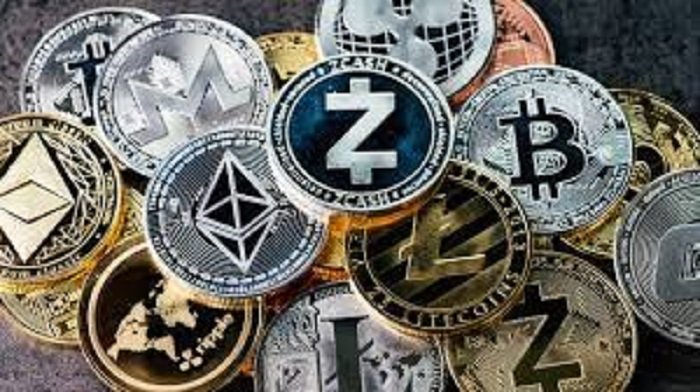In the vast universe of cryptocurrencies, Altcoins emerge as the dynamic and diverse counterparts to the pioneering Bitcoin. This blog post ventures into the realm of Altcoins, exploring their origins, distinctive features, and the evolving landscape that has expanded beyond the shadow of the original cryptocurrency.
Understanding Altcoins:
Beyond Bitcoin:
Altcoin, short for alternative coin, refers to any cryptocurrency other than Bitcoin. While Bitcoin paved the way for decentralized digital currencies, Altcoins have diversified the crypto space by introducing new technologies, functionalities, and use cases.
Diverse Technologies:
Altcoins often feature unique technologies and consensus mechanisms. Some leverage the same proof-of-work (PoW) or proof-of-stake (PoS) mechanisms as Bitcoin, while others explore innovative approaches like delegated proof-of-stake (DPoS), consensus algorithms, or directed acyclic graphs (DAG).
Use Cases and Specializations:
Altcoins are designed to address specific use cases or challenges, such as smart contracts, privacy, scalability, and interoperability. Ethereum, for example, introduced smart contracts, while privacy-focused Altcoins like Monero prioritize anonymous transactions.
Unraveling the Mystique of Bitcoin: A Journey into the World of Cryptocurrency
Popular Altcoins:
Ethereum (ETH):
Launched in 2015, Ethereum is more than just a digital currency; it’s a decentralized platform that enables the creation of smart contracts and decentralized applications (DApps). Ether (ETH) is the native cryptocurrency of the Ethereum platform.
Ripple (XRP):
Ripple focuses on facilitating fast and cost-effective cross-border transactions, particularly between financial institutions. XRP, the native cryptocurrency, is used as a bridge currency for cross-border payments.
Litecoin (LTC):
Created in 2011 by Charlie Lee, Litecoin is often considered the silver to Bitcoin’s gold. It offers faster transaction confirmation times and uses a different hashing algorithm, scrypt.
Cardano (ADA):
Cardano is a blockchain platform that aims to provide a more secure and sustainable infrastructure for the development of smart contracts and DApps. ADA is the native cryptocurrency of the Cardano platform.
Evolving Landscape:
Initial Coin Offerings (ICOs) and Tokenization:
Altcoins often emerge through Initial Coin Offerings (ICOs), allowing projects to raise capital by issuing their native tokens. Tokenization has become a widespread trend, representing various assets and utilities on blockchain platforms.
DeFi (Decentralized Finance):
Altcoins play a crucial role in the rise of decentralized finance (DeFi) platforms. These projects leverage blockchain technology to recreate traditional financial services such as lending, borrowing, and trading without traditional intermediaries.
NFTs (Non-Fungible Tokens):
Non-fungible tokens, often built on Altcoin platforms, have gained immense popularity for representing unique digital assets, including digital art, collectibles, and virtual real estate.
Challenges and Considerations:
Volatility:
Similar to Bitcoin, Altcoins can exhibit significant price volatility. Investors should be aware of the risks associated with the potential for rapid and unpredictable price fluctuations.
Regulatory Environment:
The regulatory landscape for Altcoins varies globally. Changes in regulations can impact the adoption, trading, and use of Altcoins, and investors should stay informed about regulatory developments.
Security Concerns:
Altcoins, like any digital asset, are susceptible to cybersecurity threats. Secure storage practices and adherence to best security practices are essential for protecting Altcoin holdings.
Conclusion:
Altcoins, with their diverse technologies and use cases, have become integral players in the ever-expanding world of cryptocurrencies. From powering decentralized applications to enabling innovative financial services, Altcoins contribute to the ongoing evolution of blockchain technology.
As the crypto landscape continues to mature, Altcoins play a vital role in shaping the future of decentralized, digital economies.

